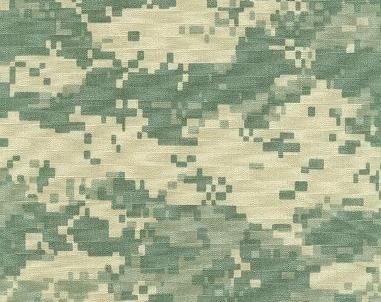The New Aesthetic and The New Writing

In advanced poetries, there was no postmodernism. Beginning with Mallarmé and ending with Language Poetry, the emergence of digital culture signified a break with modernism, replacing deconstructive tendencies with strategies informed by the workings of computers and the web: word processing, databasing, recycling, appropriation, intentional plagiarism, identity ciphering, and intensive programming, but to name a few. Yet the odd thing is that these practices, born of digital immersion, have not shown up exclusively on the screen, but more often have manifested themselves on the printed page. Although bound between covers, it's hard to imagine books like Tan Lin's Seven Controlled Vocabularies, Kristen Gallagher's We Are Here, Craig Dworkin's Parse, Mónica de la Torre's Doubles, Steven Zultanski's Cop Kisser, Derek Beaulieu's Local Colour, Ariana Reines's The Cow or Chris Alexander's Panda existing before the internet. While these physical artifacts might not appear much different from those produced over the past few decades, it's the ways in which they've been conceptualized and produced that distinguishes them from poetry written before the internet.
This mapping of the digital world onto the physical has been driving what's become known as The New Aesthetic. Not content to live exclusively on the screen, memes, images, and ideas born of digital culture are infiltrating and expressing themselves in meatspace (you can find loads of examples here as well as Bruce Sterling's cogent analysis of NA here). Think of pixilated camouflage ("digicam") as an handy example. This slight warping of reality, at once familiar and disconcerting, represents a paradigmatic shift in the ways we process aesthetics, leading Sterling to comment, "Look at those images objectively. Scarcely one of the real things in there would have made any sense to anyone in 1982, or even in 1992. People of those times would not have known what they were seeing with those New Aesthetic images." Apply Sterling's logic to, say, Flarf and you get how this might relate to the new writing.
The New Aesthetic embraces hybrid strategies, casting aspersions on artistic practices perpetuated within and contingent upon self-sustaining, cloistered environments such as e-poetry and net art (that is, until an e-poetry or net art meme generates a slew of t-shirts). New notions of distribution come into play as well: those practices based on uniqueness and singularity, such as the art market (which is increasingly beginning to resemble the antiques market) appear headed for obsolescence. Likewise, sealed off, invented worlds like Second Life and virtual reality are giving way to integrated terrestrial / cyber hybrids such as geo-tagging and augmented reality, aligning The New Aesthetic with long standing, media-based documentarian practices such as Andy Warhol, Candid Camera, An American Family, reality television, and Sacha Baron Cohen. This is a strain which proclaims that real life -- reframed and recontexutalized -- is much more "creative," "inventive," twisted, and weird than what we could possibly conjure up in our fictive imaginations.
While it's hard to say where writing fits into all this (thus far, The New Aesthetic has been primarily focused on visual forms), much of the digital page-based writing over the past decade—based on strategies such as sorting, parsing, remixing, culling, collecting, scraping and republishing-- has insisted on multiple identities, born of one process while materializing in another. Marcel Duchamp's concept of the Infrathin—a state between states—might apply here. Duchamp defines the Infrathin as "The warmth of a seat (which has just been left)" or "Velvet trousers- / their whistling sound (in walking) by/ brushing of the 2 legs is an / infra thin separation signaled / by sound." Like an electronic current, the Infrathin hovers and pulses, creating a dynamic stasis, refusing to commit to one state or the other. Like much contemporary writing, it is concerned with the expansive fusing of opposites: ephemeral and permanent, digital and analog, becoming multidimensional, flexible, and radically distributive.
The Twenty-first century is invisible. We were promised jetpacks but ended up with handlebar moustaches. The surface of things is the wrong place to find the 21st century. Instead, the unseen, the Infrathin—those tiny devices in our pockets or the thick data-haze which permeates the air we breathe -- locates us in the present. And in this way, The New Aesthetic is not so much a movement as it is a marker, a moment of observation which informs us that culture—along with its means of production and reception —has radically shifted beneath our feet while we were looking the other way. As such, The New Aesthetic handily articulates the importance of the new writing, situating it and its modus operandi within broader cultural trends.
Kenneth Goldsmith's writing has been called some of the most "exhaustive and beautiful collage work …
Read Full Biography

